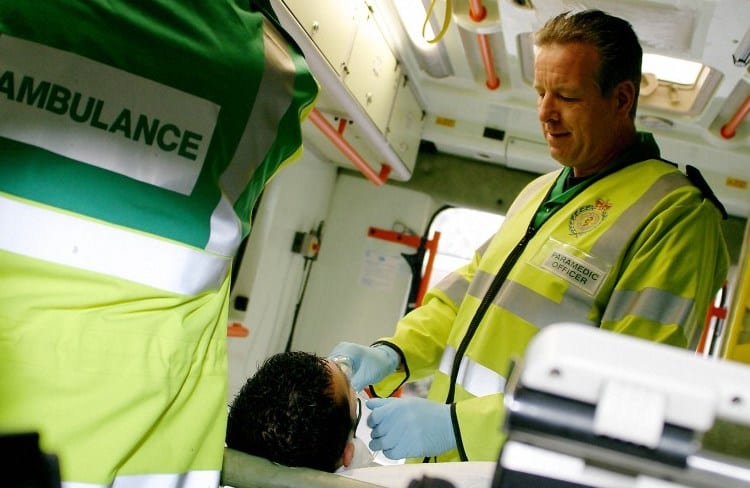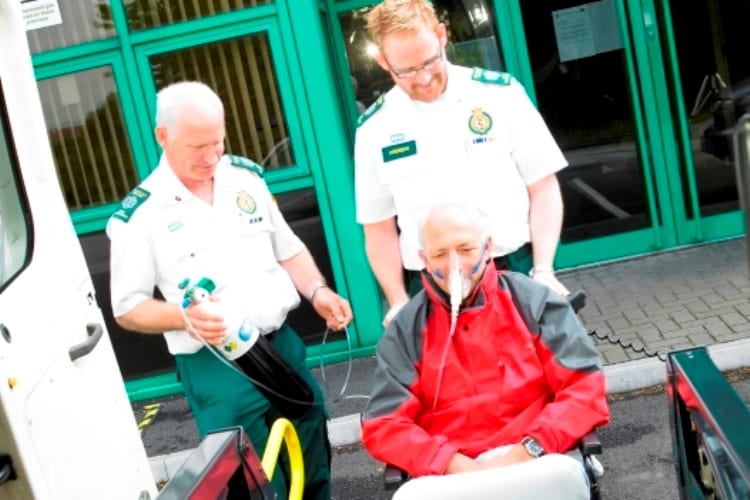CaHRU partners NIHR funded LISTEN study: Long Covid Personalised Self-managemenT support- co-design and EvaluatioN

The latest study to be announced involving CaHRU is the Long Covid Personalised Self-managemenT support- co-design and EvaluatioN (LISTEN) project, with funding of over £1 million from the NIHR Long Covid programme. The team, led by Prof Fiona Jones (Kingston Continue reading CaHRU partners NIHR funded LISTEN study: Long Covid Personalised Self-managemenT support- co-design and EvaluatioN




